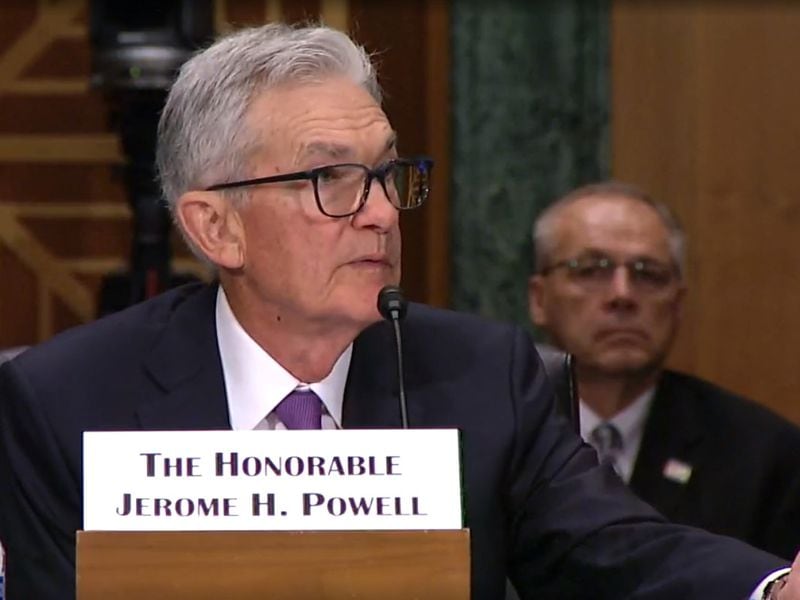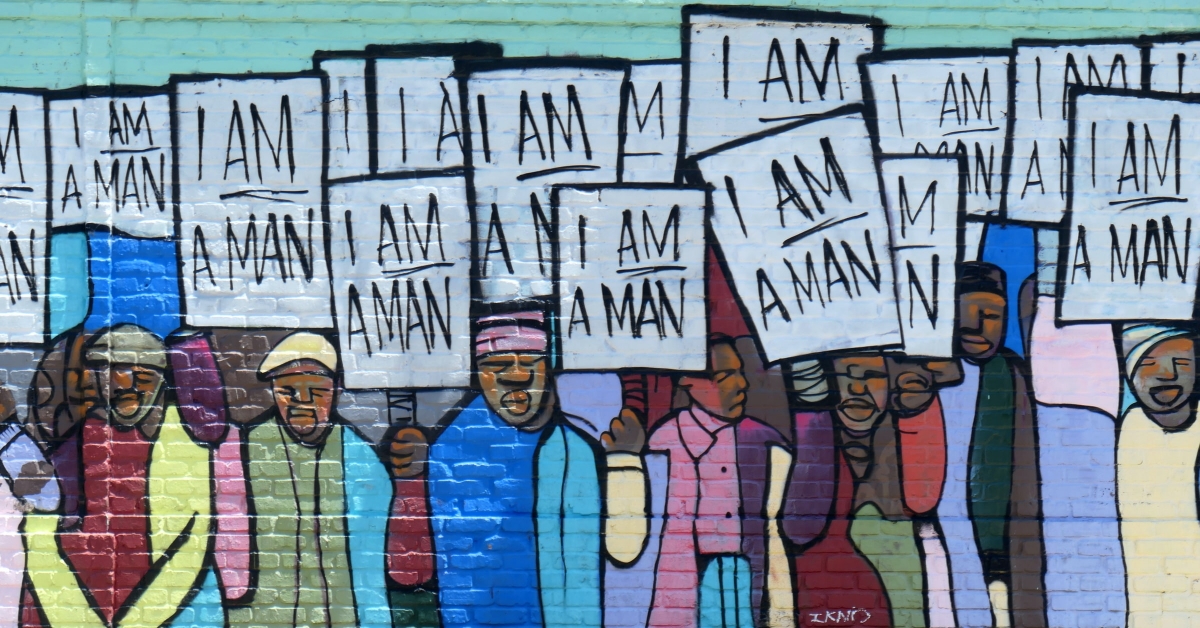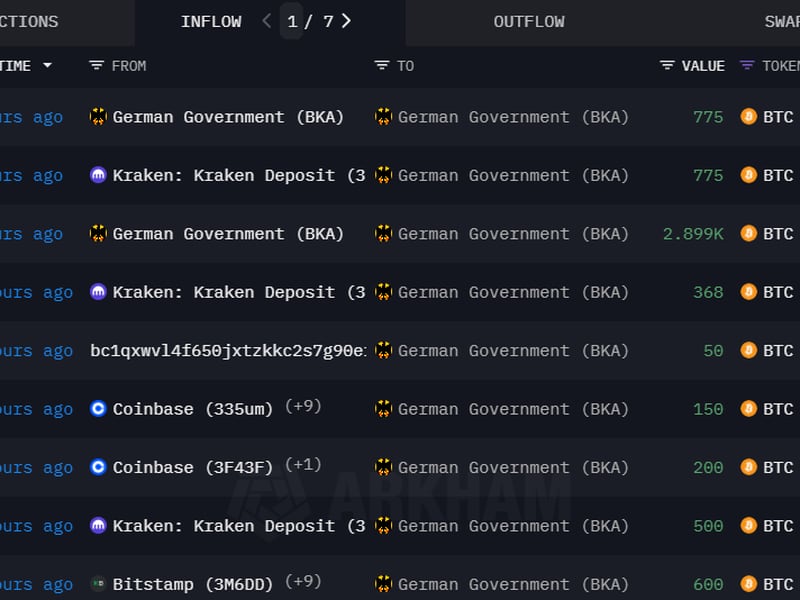How the Halving Will Impact the Bitcoin Market
There are many forces moving bitcoin, yet few attract the same level of attention as the halvings (when the block reward is cut in half). Historically, halvings have proven to be important catalysts for bull markets, and while the rate of impact is decreasing, the upcoming halving is likely to prove important for bitcoin’s price formation.
This op-ed is part of CoinDesk “Future of Bitcoin,” published to coincide with the Halving in April 2024. Torbjørn Bull Jenssen is the CEO of K33.
At K33, we expect speculators to yet again front-run the event, as they have in all past halving events. On average, bitcoin has appreciated 14% over the month leading up to the halving, and we would not be surprised if 2024 would be in line with this. That said, there are many factors at play, and neither we nor anyone else can predict with certainty. But there are certain things we do know with certainty.
Demand is key
First of all, the bitcoin price is always determined by the net demand for holding bitcoin. With a given amount of bitcoin available at any point in time, its value must adjust until investors realize their desired allocations, denominated in e.g. USD.
To make a simplified example: If there was only one bitcoin and two investors wanted to hold 1000 USD worth of bitcoin each, that would only be possible with bitcoin valued at 2000 USD a coin and each investor holding half a coin each.
The current inflation rate is around 1.8%, around the same as for gold, and will drop to 0.9% in late April. This means that without a change in demand, the halving should only trigger a 0.9% price increase over the first year after the halving, relative to what would be the case without the halving.
Without a change in demand, the market cap should stay fixed. With 1.8% yearly inflation in the stock of bitcoin, the price must drop 1.8% for the market cap to stay the same. With 0.9% inflation, the drop would only need to be 0.9%.
The demand for bitcoin is of course nothing but fixed, but ironically, the analysis above proves an important point: While the halving is a supply-event, all of its impact on price must come from the demand side, as the pure supply-effect is a near non-event.
Hodlers are fully invested
In other words, it looks like the supply side effect is irrelevant. But that is not 100% true. The reason is that a lot of bitcoin hodlers are fully invested. They will keep holding if the price goes up, but they do not have more USD to buy BTC for. The price is therefore to some degree determined by the balance between the marginal buyer and the marginal seller, as the total portfolio demand is endogenous and, to some degree, determined by price.
To make a simplified illustration of the point: Imagine that all existing coins are held by strong hands not selling. Miners have to sell to cover costs, but no one has to buy. A halving in the supply of new bitcoin would, for a given rate of inflow of new USD to bitcoin, lead to a doubling of price. Once the price has doubled, half the number of coins will be enough to absorb the incoming USD.
A doubling in price would be a significant move, but looking at the past halvings and popular predictions like the long-since debunked but still used Stock-to-Flow model, optimists are expecting a 10x price increase. This can not be explained by the halving in isolation, and will only happen if there is a massive increase in demand, which is actually not too unlikely.
The halving is driving attention to bitcoin’s scarcity
The halving could tilt the balance between the marginal buyers and sellers, setting off a bull market with a feedback loop where more people want to buy when the price rises.
In addition, the current halving draws attention to the absolute scarcity of bitcoin at a time when it is more accessible for investors than ever before, thanks to the ETF-approvals in the U.S. There are also growing concerns about the debt overhang in the U.S., leading some to argue that bitcoin could serve as a hedge against the potential of falling trust in the dollar.
Against this backdrop, more and more people are learning about the halving and the scarcity of bitcoin and finding it appealing. That way the halving works as a Schelling Point, accelerating the already strong momentum for bitcoin. It is therefore not unlikely that we can see a pre halving pump, followed by a correction, before the underlying growth trend in adoption and awareness drives bitcoin towards new highs.
The daily reduction of bitcoin production from 900 to 450 on the halving day (likely April 20) is unlikely to have any immediate impact, but combined with demand triggering awareness, and positive feedback from a climbing price, the annual effect of 164,250 is definitely material.
The halving-day is expected to be a non-event
The upcoming halving is a known event and should, according to the efficient market hypothesis be priced in. Bitcoin is a volatile asset, with a correspondingly high expected future return, but events like the halving should have no predictable effect on the event day itself.
One can, of course, discuss whether the efficient market hypothesis holds or not. But, judging by the options market, it looks like the halving itself will be a non-event. If anything, traders seem to be more interested in hedging downside risk with put options than speculate on a large upside with OTM (out of the money) call options. In the medium term, there is a bullish bias, but we’ve recently seen a slow reduction in the optimism in the options market.
What should you do as an investor?
While speculators are likely going to position themselves in advance of the halving event, as they have in the past, long-term investors should pay minimal attention to the halving itself, and rather focus on the demand side of the market.
As such, perhaps the most important effect of the halving will be its marketing effect for bitcoin and its long term absolute scarcity in a world of inflationary fiat currencies.
Edited by Benjamin Schiller.









